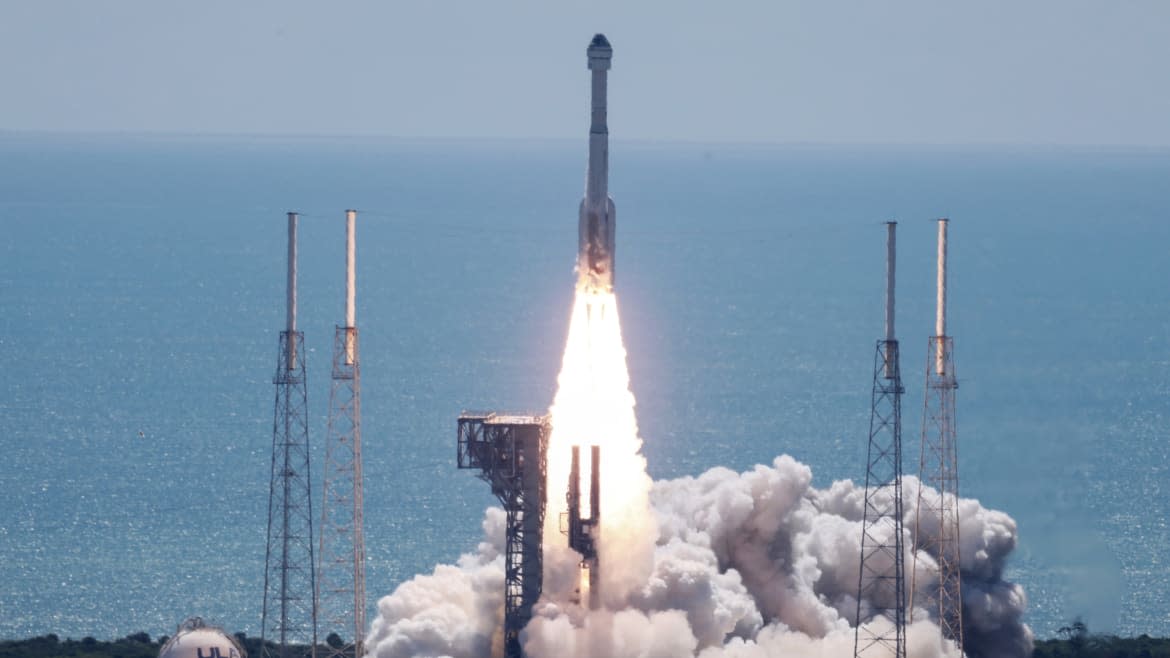Finally! Boeing Starliner’s First Manned Mission Reaches Orbit

After a string of delays, Boeing’s Starliner finally launched on its first crewed test flight Wednesday in a historic voyage that has been years in the making.
The spacecraft—meant to rival SpaceX’s Crew Dragon capsule in providing a way to take astronauts to the International Space Station—lifted off Wednesday atop an Atlas V rocket at 10:52 a.m. ET from Cape Canaveral Space Force Station in Florida.
NASA astronauts Butch Wilmore and Sunita Williams are aboard the spacecraft, and Williams has now become the first woman to fly on such a mission. They’re expected to dock at the space station Thursday at 12:15 p.m. before spending just over a week alongside the seven cosmonauts and astronauts already there.
Two earlier launch attempts, on May 6 and June 1, were canceled for technical reasons. That followed several other snags over the years, with unmanned test flights in 2019 and 2022 revealing fixes that would need to be made in order for the spacecraft to be deemed safe for astronauts.
If this test flight goes smoothly, NASA is expected to certify the Starliner for routine crew rotation flights.
While the astronauts have been tasked with testing the Starliner’s various capabilities during the mission known as the Crew Flight Test, they have one other crucial objective: delivering a pump to fix the space station’s urine processor assembly, which has malfunctioned and prevented the crew from being able to convert their urine into drinkable water.
“We’re in a position where we have to store urine onboard Station,” Dana Weigel, NASA’s ISS program manager, said at a press conference last Friday. “We’ve got bags and tanks that we’ve got up there for this purpose, but we’ve got limited inventory.”
Get the Daily Beast's biggest scoops and scandals delivered right to your inbox. Sign up now.
Stay informed and gain unlimited access to the Daily Beast's unmatched reporting. Subscribe now.


